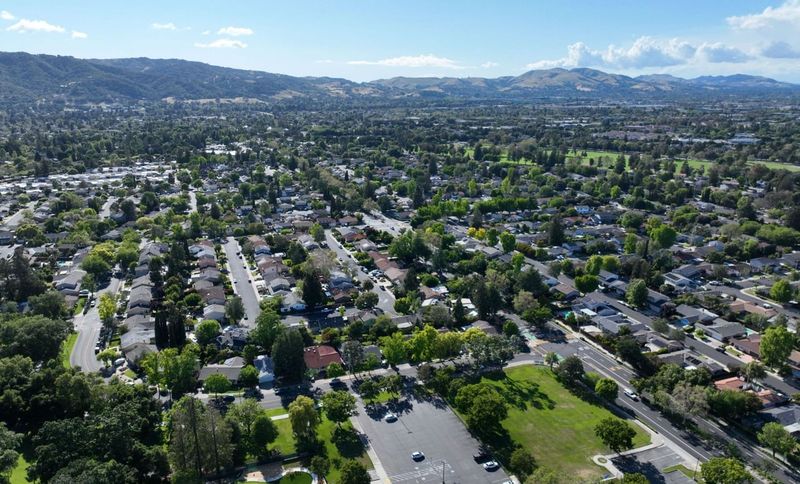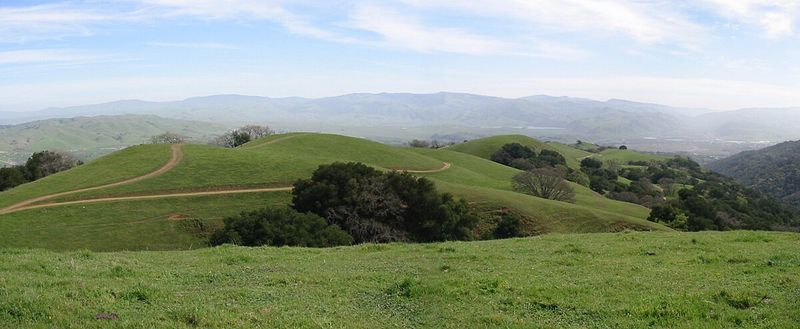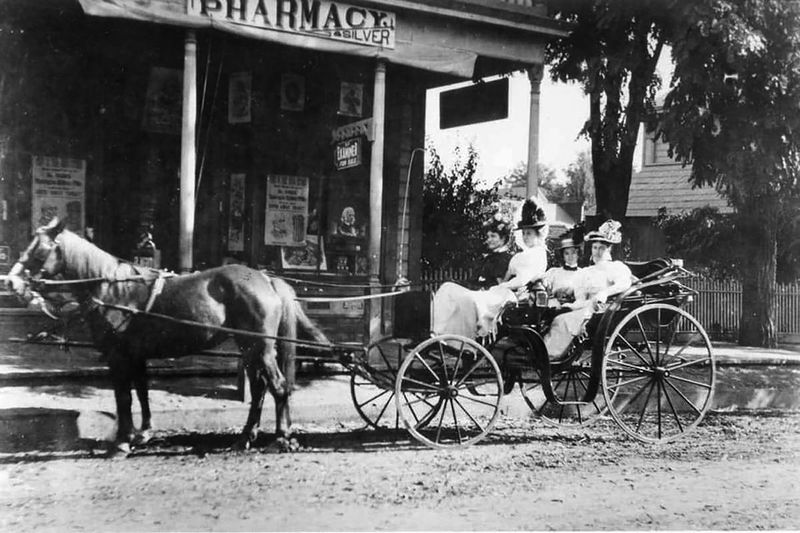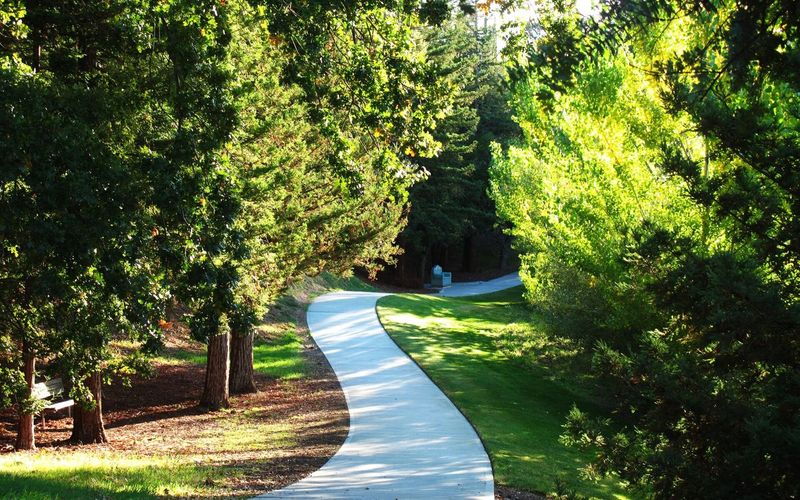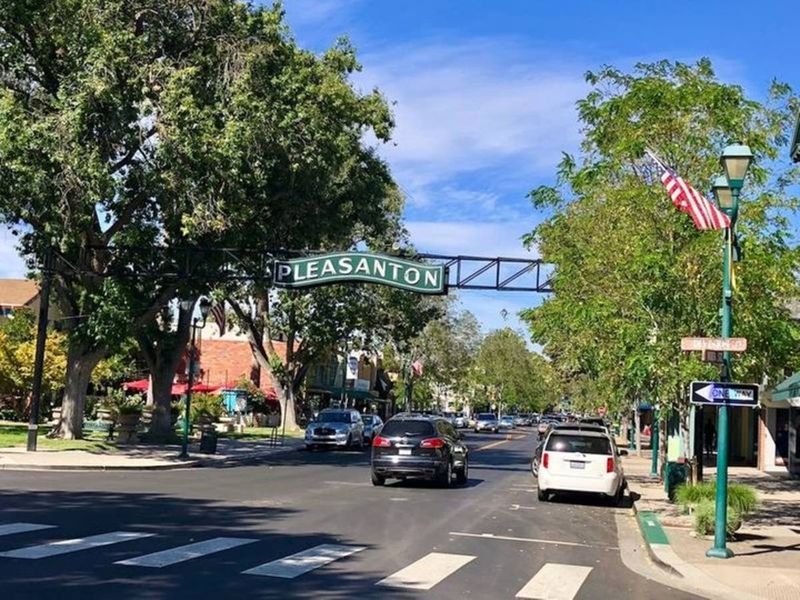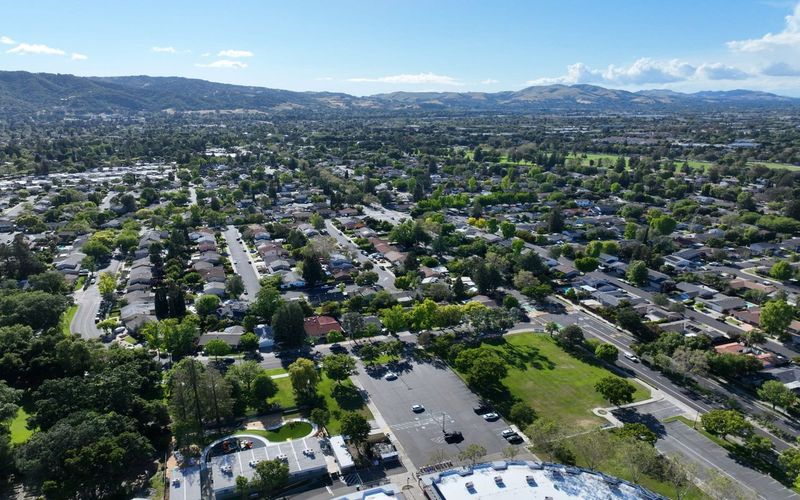Pleasanton just clinched California’s cleanest city title in 2025, and the story behind that win is more than spotless streets. It’s a blend of smart planning, community pride, and a lifestyle that prioritizes health and safety. If you’ve ever wondered how a suburban city sets the standard for cleanliness and quality of life, this guide breaks it down. Read on to see how Pleasanton’s policies, culture, and environment work together to create a model city worth emulating.
1. Top Cleanliness Rank
Pleasanton earned the top cleanliness rank in California in 2025 according to LawnStarter, a recognition built on measurable results. The survey cited pollution control, waste infrastructure, and resident satisfaction as standout metrics. Local programs emphasize responsible disposal, convenient recycling, and community education. You’ll notice well-kept sidewalks, litter-free parks, and smart bins that reduce overflow. Street-sweeping schedules are consistent, and waterways are protected by runoff management. Public reporting tools make it easy to flag issues, and responses are quick. This culture of care is reinforced by neighborhood groups and schools. Recognition from Yahoo and other outlets amplified the achievement, inspiring broader regional adoption of similar practices.
2. Quality-of-Life Recognition
Earlier in 2025, Pleasanton was ranked number two nationwide for quality of life by the Social Progress Imperative. That distinction reflects strengths in safety, health access, education, and opportunity. Cleanliness is part of the equation, but it’s supported by parks, events, and inclusive community programming. Streets feel welcoming and walkable, with thoughtful lighting and traffic calming. Public spaces are designed to be used daily, not just admired. The City of Pleasanton promotes services that keep neighborhoods connected. Careful maintenance supports residents’ well-being. This holistic approach ensures cleanliness contributes to a broader sense of comfort, pride, and everyday satisfaction for people across all ages.
3. Population Size
With a population of 79,871 as of the 2020 census, Pleasanton is large enough to sustain sophisticated services while remaining personally connected. That scale enables extensive waste and recycling programs without overwhelming infrastructure. Neighborhood associations collaborate closely with city staff, ensuring issues are addressed quickly. Residents often know their local contacts and use digital tools to report concerns. Education campaigns can reach most households effectively. The city leverages its size to pilot best practices, then scale what works. This balance supports clean parks, well-maintained paths, and responsive maintenance. A community of this size can set clear expectations and consistently achieve them.
4. Location & Geography
Pleasanton sits in Alameda County within the East Bay, benefiting from a Mediterranean climate that supports outdoor living and park use. The city’s position near regional job centers and transit lines encourages multimodal travel. Geography matters for cleanliness: prevailing winds, watershed paths, and valley floors guide how pollutants move. Pleasanton’s planning accounts for runoff to protect creeks and reservoirs. Trails connect neighborhoods, making walking and biking attractive alternatives to car trips. Proximity to regional parks fosters stewardship behaviors. By integrating environmental realities into policy, the city reduces litter, limits dust, and keeps public spaces comfortable year-round for residents and visitors.
5. Incorporation History
Incorporated on June 18, 1894, Pleasanton carries a distinctive name shaped by a historic typo. Originally intended to honor Major General Alfred Pleasonton, a U.S. Post Office error created Pleasanton. That happenstance now fits the city’s welcoming identity. History shows up in preserved buildings, carefully restored facades, and community pride. Heritage preservation links directly to cleanliness standards: when structures are cherished, maintenance follows. Downtown streetscapes invite strolling, which encourages eyes on the street and quick litter removal. The city’s narrative blends tradition and modern efficiency. That continuity helps cultivate respect for public spaces and supports ongoing civic engagement.
6. Strong Economy & Business Hub
Pleasanton hosts more than 4,000 businesses, including Workday, Oracle, Roche Molecular, Thermo Fisher, and 10X Genomics. A strong economy funds reliable services, from frequent street sweeping to advanced recycling contracts. Employers partner on sustainability initiatives, reducing waste and encouraging commuting alternatives. Landscaped campuses set high standards for groundskeeping and stormwater management. Corporate volunteer days bolster community cleanups and creek restoration. Business districts feature smart waste bins and clear signage that reduce contamination. Economic vitality also supports enforcement and education. The result is a loop where prosperity enables cleanliness, and cleanliness attracts talent, investment, and continued innovation across sectors.
7. High Incomes & Education
More than 85 percent of Pleasanton residents have attended college, and household incomes are notably high. Education correlates with awareness of environmental practices, leading to careful sorting, composting, and reduced litter. Households are more likely to adopt reusable goods and support community standards. Higher incomes can fund home improvements that reduce runoff and waste. Neighborhoods often coordinate on yard maintenance, keeping public edges neat. Civic participation is strong, fueling feedback loops with city staff. The result is consistent compliance with cleanliness guidelines. Knowledgeable residents help normalize best practices, improving outcomes across parks, sidewalks, and shared spaces throughout the city.
8. Outdoor & Park Spaces
With 80-plus miles of trails and 47 parks, Pleasanton’s outdoors set the tone for civic pride. Pleasanton Ridge Regional Park and Shadow Cliffs Recreation Area offer ample space for hiking, cycling, and family gatherings. Clean trailheads, dog waste stations, and volunteer trail stewards keep litter down. Regular maintenance ensures bins are emptied and paths safe. Educational signage encourages pack-it-in, pack-it-out habits. Park staff collaborate with schools for stewardship days. The city integrates parks with neighborhood walkways, promoting everyday use. These green networks cultivate ownership and responsibility, sustaining cleanliness while providing restorative natural escapes close to home.
9. Historic & Cultural Character
Pleasanton’s historic downtown features over 550 small businesses and a preserved architectural fabric that draws visitors year-round. Merchants take pride in window displays and well-swept storefronts. Weekly markets and events deploy extra waste stations and volunteers. Architectural preservation sets expectations for maintenance and cleanliness. Public art and plaques encourage strolling, which increases casual surveillance and quick cleanup. The city coordinates with business associations to manage waste surges during festivals. Wayfinding signs guide visitors to restrooms and receptacles. This cultural attention to detail ensures the district remains charming, accessible, and spotless, reinforcing Pleasanton’s reputation as a welcoming destination.
10. Low Crime & Safe Neighborhoods
Consistently low crime supports cleanliness by encouraging people to use public spaces with confidence. Safe neighborhoods see more walkers, cyclists, and families outside, which deters litter and vandalism. The city collaborates with neighborhood watch groups and leverages data to allocate patrols efficiently. Public lighting, trimmed landscaping, and visible signage increase safety and cleanliness together. Graffiti response is rapid, preventing escalation. When residents feel secure, they report issues promptly and participate in community days. Homes of Brentwood and other sources highlight Pleasanton’s safety record, reinforcing a virtuous cycle of vigilance, pride, and the tidy streets that define the city.
11. Excellent Schools
Pleasanton’s highly rated public schools help ingrain sustainable habits early. Students learn sorting, composting, and water conservation, then bring those practices home. Schools coordinate litter audits and garden projects that teach stewardship. Clean campuses demonstrate daily standards for care and responsibility. Parent-teacher groups assist with cleanup days and outreach. The district aligns messaging with city waste services so instructions stay consistent. Extracurricular clubs tackle creek cleanups and data collection. By normalizing sustainability in education, Pleasanton builds a pipeline of residents who value cleanliness, creating long-term cultural reinforcement well beyond classroom walls and into every neighborhood.
12. Smart Urban Planning
Known as the City of Planned Progress, Pleasanton balances growth with preservation to keep streets and parks pristine. Zoning encourages mixed-use areas that lessen car trips and support walkability. Complete streets, bike infrastructure, and reliable transit reduce pollution. Development standards require landscaping, stormwater capture, and adequate waste facilities. Historic protections guide tasteful renovations and consistent upkeep. The city uses data dashboards and community feedback to adapt services. Infrastructure investments target long-term maintenance, not just new builds. This systems approach yields everyday cleanliness, resilient public spaces, and a city form that continues to support health, safety, and beauty.



